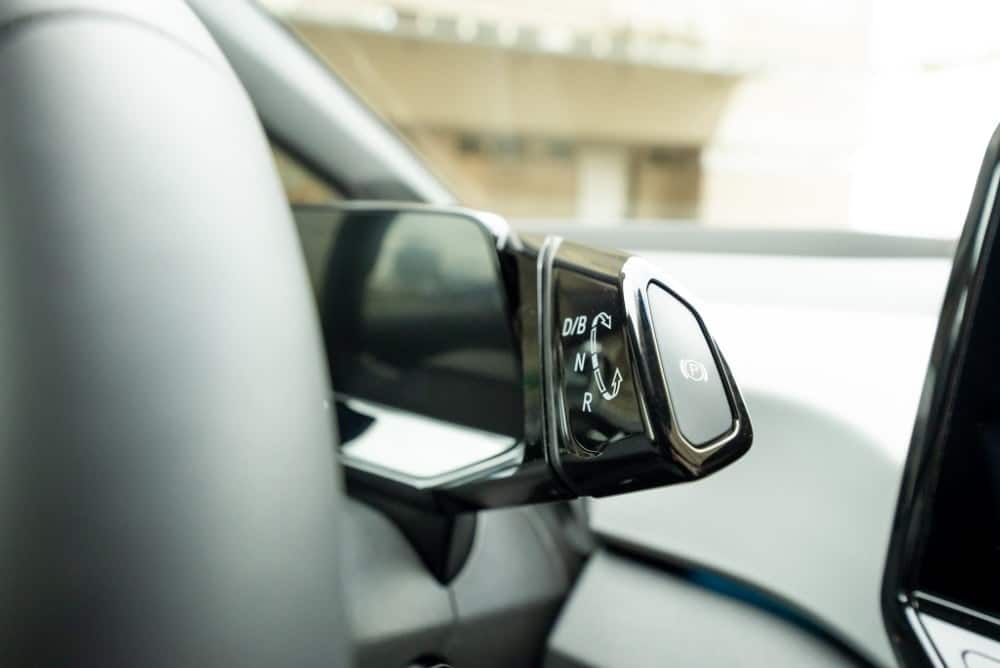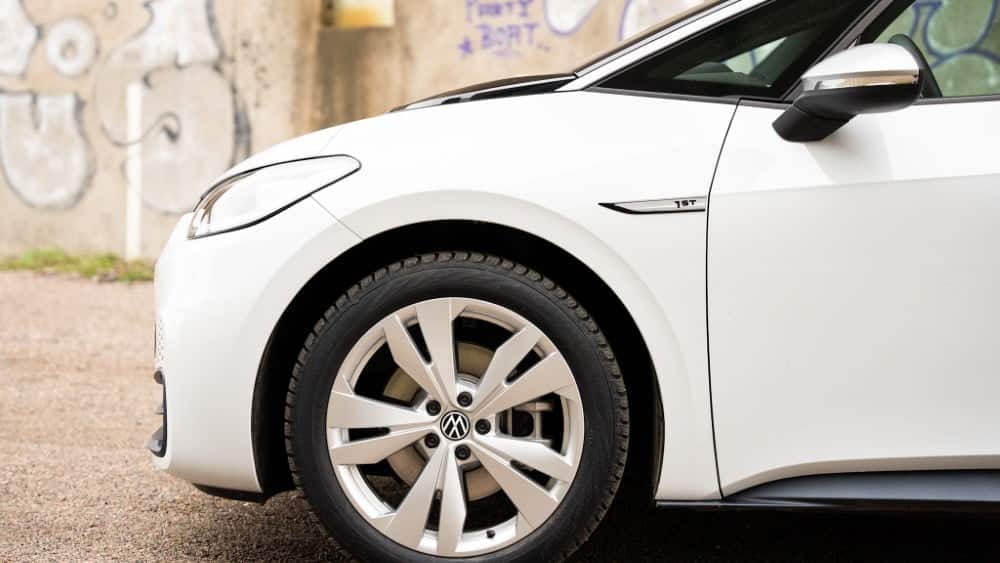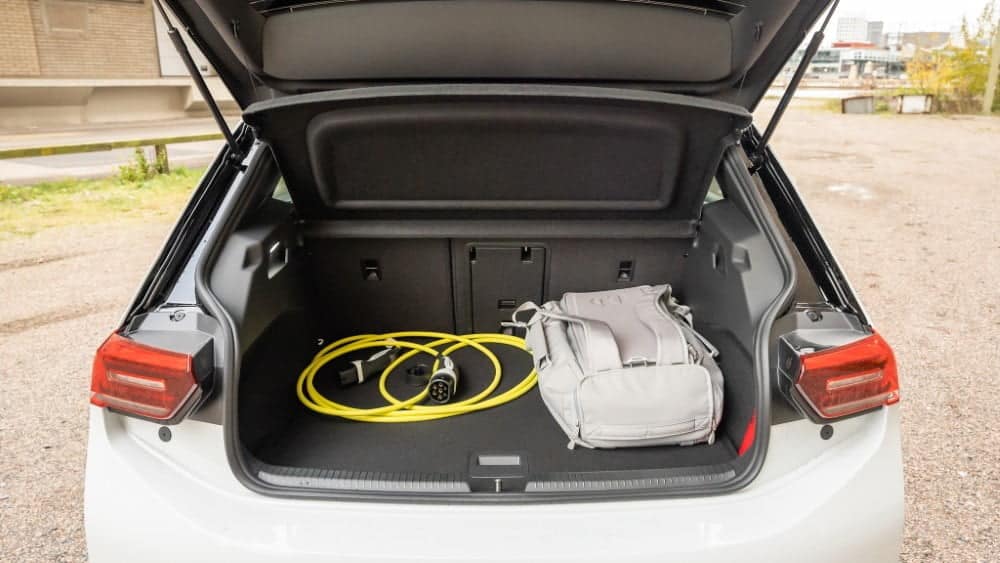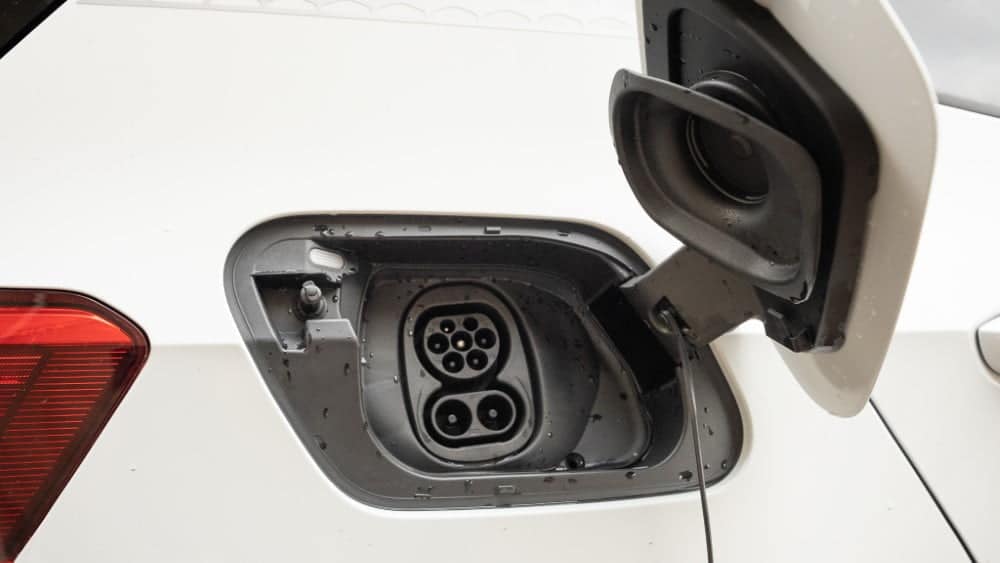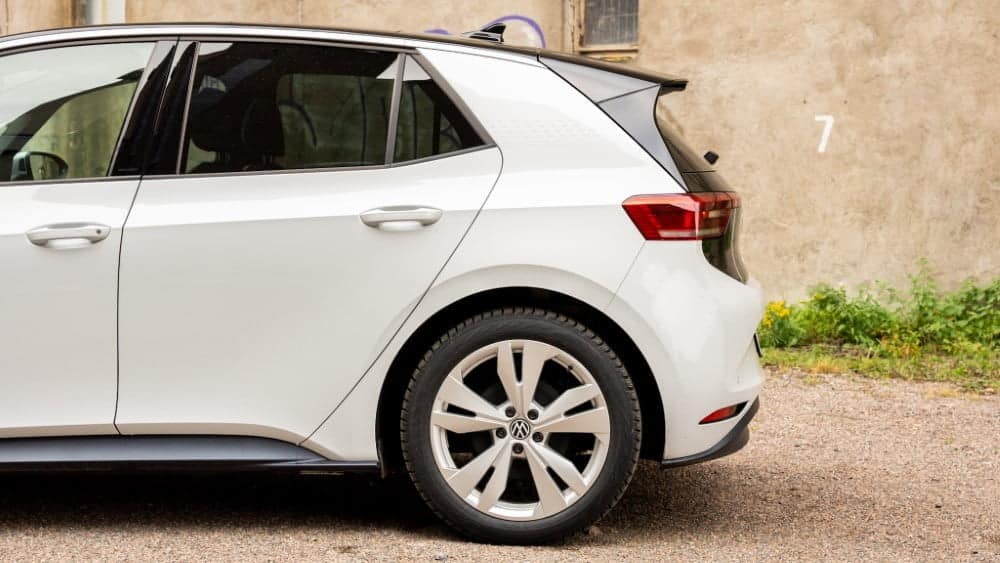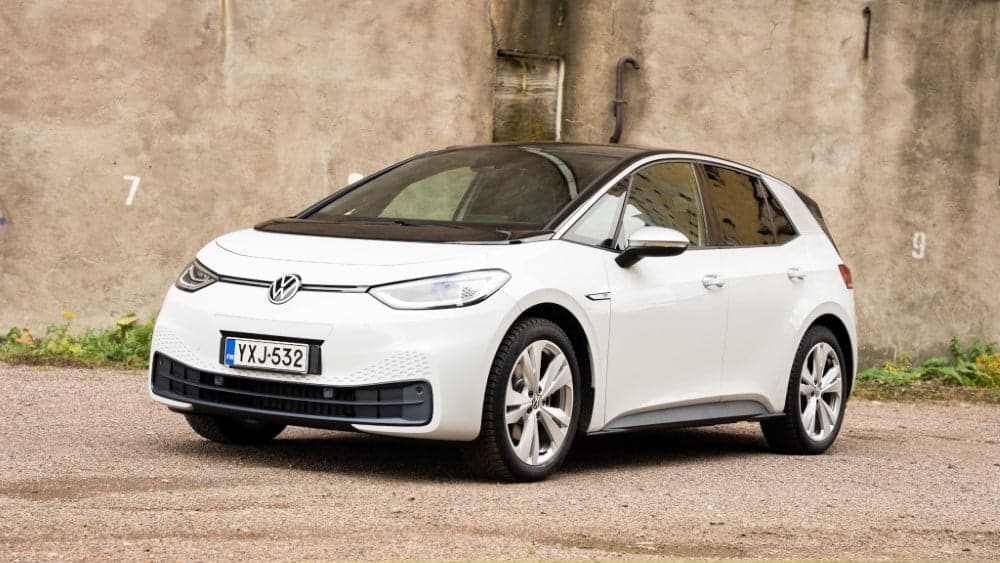When Volkswagen announces that the new model is the successor to the Bubble and Golf, it makes even the uninformed jump to attention. In Volkswagen’s words, the ID.3 opens a strategically significant new chapter in the brand’s history.
Expectations are high, but the ID.3’s design does not exactly inspire a great deal of initial jubilation – on the one hand, the design language is appropriately unusual and simple for an electric car. However, the design reveals clever and spacious space solutions, without forgetting the car’s aerodynamics, which ultimately affect electricity consumption.
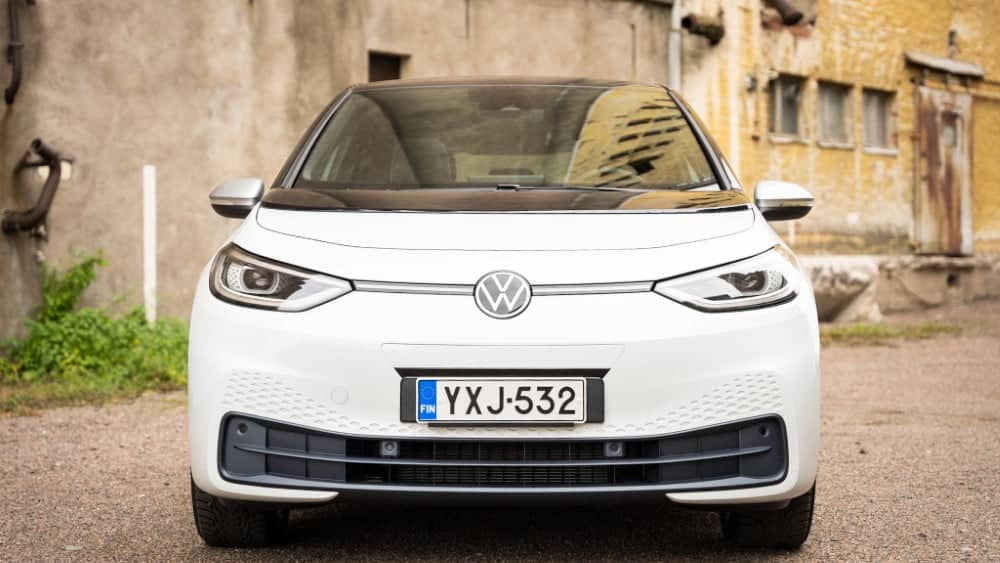
For the most part, the car has been designed with user experience and ease of use in mind. A fully keyless entry system makes it easy to get going, and good space makes passengers comfortable.
Driving style, speed and environment have a big influence on the performance of the car. In autumn weather conditions, electricity consumption during the test drive was around 18 kWh/100km. The 58 kWh (net) battery provides a range of just over 300 km. In varied driving conditions, the operating range is around 300-350 km, but with a greener attitude and behaviour you can go beyond 350 km.
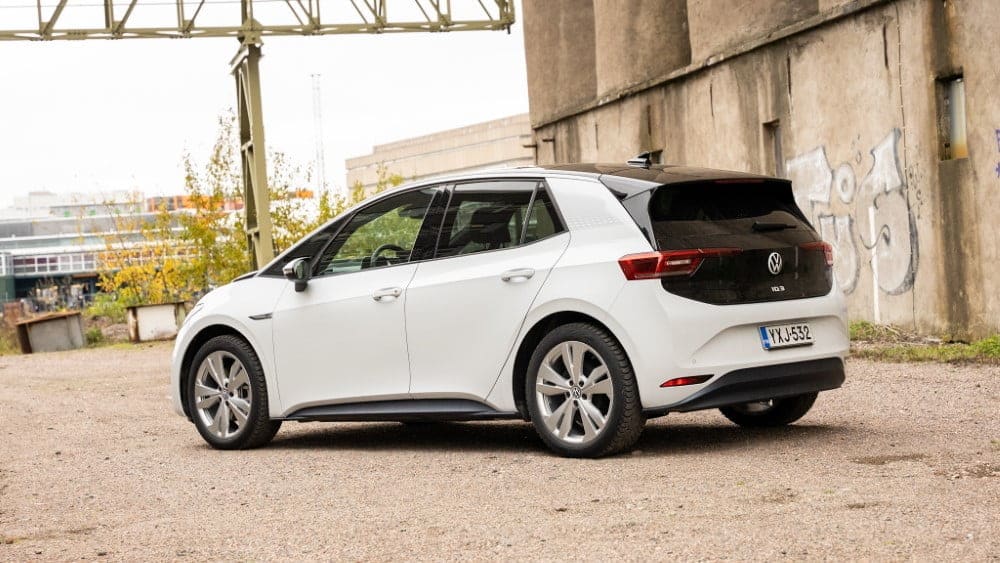
The first ID.3 models imported to Finland are the 1st ID.3 models. Edition models, all with the same 150 kilowatt (204 horsepower) electric motor. The battery net charge in all 1st. Edition is 58 kWh.
The ID.3 models to be introduced in Finland in the future will have a net battery capacity of between 45 and 77 kWh, depending on the model. The electric motors have a power range of 93-150 kW. All ID-3 models are rear-wheel drive.
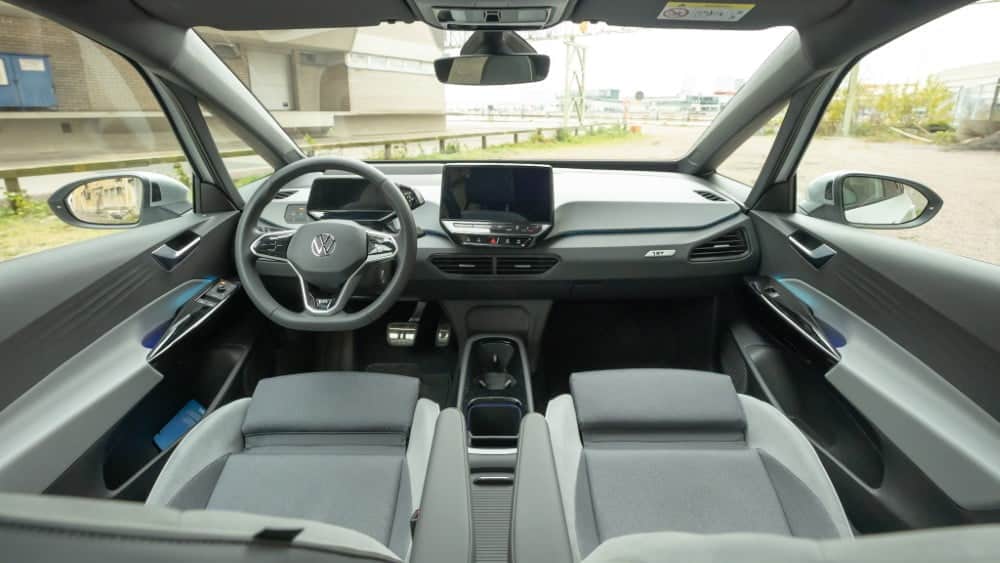
Volkswagen ID.3 1st. Edition Max
- Total maximum power: 150 kW, 204 hp.
- Maximum total torque: 310 Nm.
- Driving battery capacity: 58 kWh (net), 62 kWh (gross)
- Declared range on a single charge: 409 km.
- Acceleration: 7.3 sec (0-100 km/h)
- Declared combined consumption: 16.1 kWh/100km.
- Curb weight: 1794 kg.
- Drive mode: rear-wheel drive
